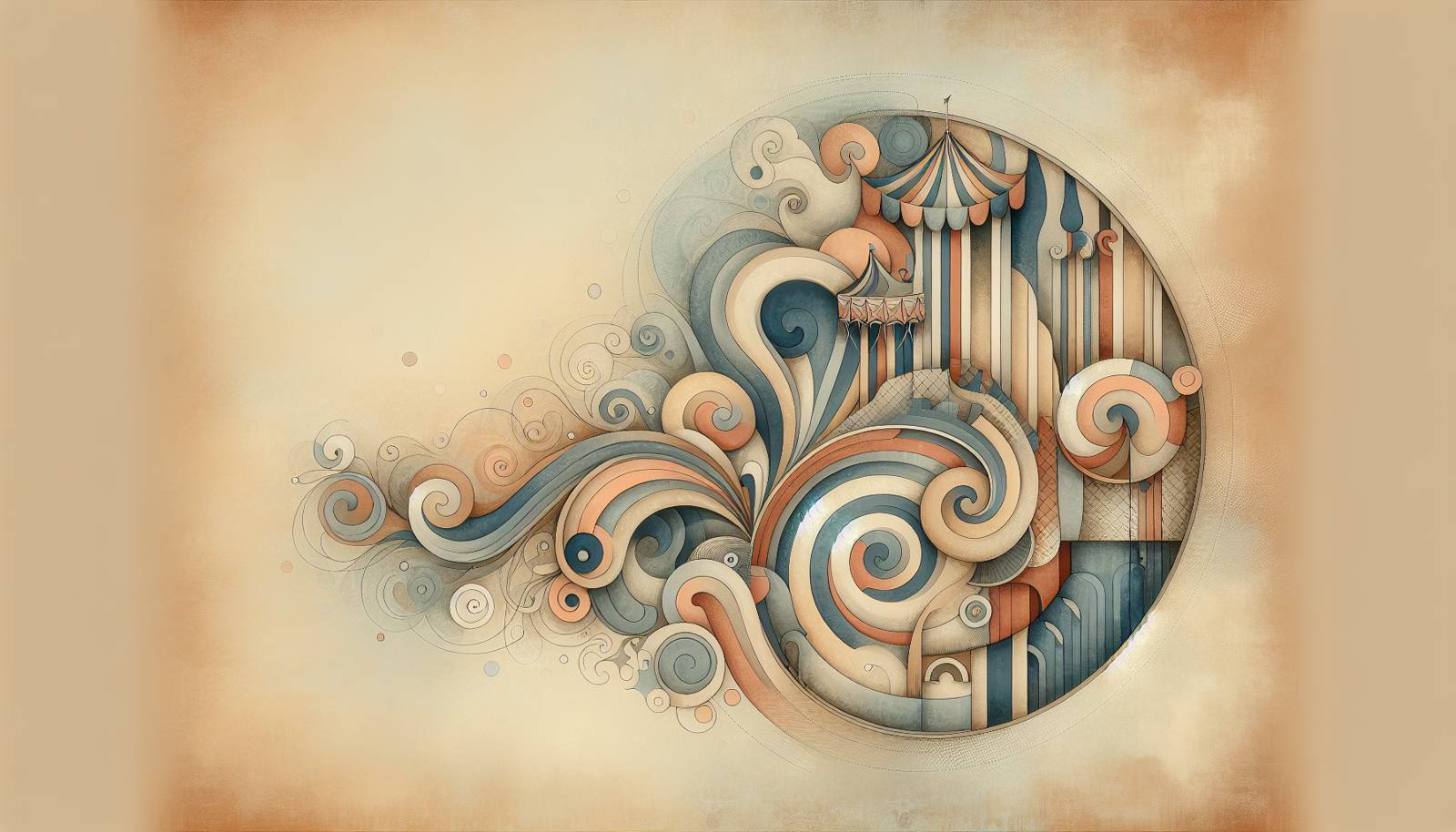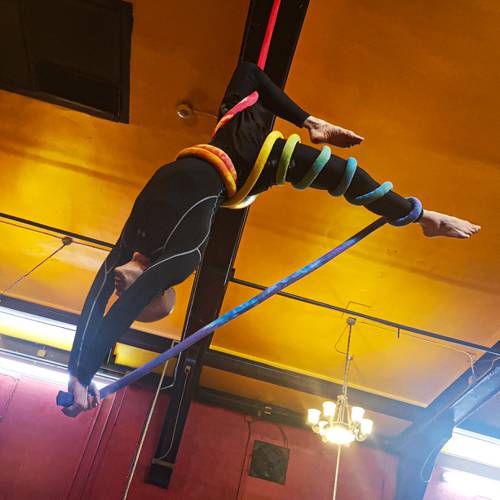
FAQ About The Role of Circus Art in Cultural Heritage

What is circus art?
Circus art is a form of performance that typically involves acts of skill, strength, and entertainment, including acrobatics, clowning, juggling, stilt walking, and animal acts. Traditionally performed in a circular arena or ring, circus art emphasizes visual spectacle and breathtaking feats.

How did circus art originate?
Circus art originated during the Roman Empire with the Circus Maximus, which was a venue for chariot races and gladiatorial games. The modern circus, as we know it, began in the late 18th century in England, with performances focusing on equestrian acts followed by acrobatics and comedy.

How has circus art contributed to cultural heritage?
Circus art has contributed to cultural heritage by preserving and sharing traditional forms of entertainment across generations. It reflects societal values, customs, and artistic trends of its time, becoming a vessel for cultural narratives and historical stories. Through its global reach, it connects diverse audiences to historic performances styles and traditional costumes.

In what ways does circus art influence contemporary performance styles?
Circus art influences contemporary performance styles by integrating traditional techniques with modern storytelling and theatrical elements. It has inspired various performing arts fields, including dance, theater, and visual arts, by incorporating acrobatics, physical theater, and innovative use of staging and design.

What are some common elements of a traditional circus performance?
Common elements of a traditional circus performance include acrobatics, clown acts, juggling, contortion, aerial performances such as trapeze and silks, animal acts, and feats of strength and agility. These components are often accompanied by music, costumes, and elaborate set designs.

How are contemporary circuses different from traditional ones?
Contemporary circuses, often referred to as "new circus" or "cirque nouveau," focus more on narrative and aesthetics rather than animal acts and standard acts. They often incorporate theater, dance, and experimental works, with companies like Cirque du Soleil leading this evolution by emphasizing storytelling through acrobatics and visual arts.

What role does circus art play in UNESCO's cultural heritage listings?
Some elements of circus art, such as the "Art of the circus," have been recognized by UNESCO as Intangible Cultural Heritage. This highlights its importance in cultural diversity and human creativity, acknowledging traditional practices and encouraging their protection and transmission to future generations.

Why is it important to preserve circus art?
Preserving circus art is important because it safeguards a unique form of cultural expression that includes traditional skills, music, stories, and costumes. It serves as an educational tool that offers insights into societal evolution and helps maintain a connection to cultural history and identity.

How do circus arts reflect cultural diversity?
Circus arts reflect cultural diversity by incorporating a variety of performance styles and techniques from different cultural backgrounds. Performers from various regions contribute their unique traditional skills and narratives, making each circus performance a tapestry of multicultural expression.

What are some challenges faced by circus artists today?
Circus artists today face challenges such as financial instability, lack of recognition, professional training opportunities, and competition from digital entertainment platforms. Additionally, ethical considerations regarding animal acts and the demand for updated, modern performances pose significant hurdles.

How do circus schools contribute to cultural heritage?
Circus schools play a vital role in preserving and perpetuating circus art by providing education in traditional and contemporary circus skills. They offer training in acrobatics, clowning, and other aspects, while also fostering creativity, innovation, and respect for cultural history and techniques.

Can circus art be considered a form of storytelling?
Yes, circus art can be considered a form of storytelling. Through its acts and performances, it conveys narratives and themes without relying heavily on spoken language, using visual and physical artistry to express emotions, conflicts, and triumphs, which resonate with audiences universally.

Are animal acts still a part of modern circus art?
Anxieties around ethical treatment have led many contemporary circuses to phase out animal acts in favor of human and digital performances. However, some traditional circuses continue to include animals, adhering to strict welfare guidelines to ensure the animals' safety and comfort.

What is the impact of digital technology on circus art?
Digital technology has significantly impacted circus art by enabling more intricate and breathtaking performances through special effects, 3D projections, and enhanced lighting and sound dynamics. These innovations allow for more immersive experiences and broadening the creative possibilities in modern circus presentations.

How has globalization affected circus art?
Globalization has expanded the reach and evolution of circus art by increasing access to diverse influences, talents, and audiences. It facilitates cultural exchange and fusion, allowing circus troupes to blend traditional techniques with new forms, thereby revitalizing and innovating performances globally.

What role do costumes and music play in circus art?
Costumes and music are essential elements of circus art as they enhance the visual and emotional experience of performances. Costumes reflect the themes and characters of acts while music sets the tone, building anticipation, and highlighting key moments, thus enriching the storytelling aspect of circus art.

How do circus arts contribute to community engagement?
Circus arts foster community engagement by organizing local performances, workshops, and festivals that bring people together to appreciate and participate in cultural activities. They provide a platform for cultural dialogue, collaboration, and skill-sharing, strengthening communal bonds and cultural awareness.

Are there any famous circus families or performers known globally?
Yes, several famous circus families and performers have gained global recognition. The Ringling Brothers, the Flying Wallendas, and individuals like Philippe Petit and P. T. Barnum have left a lasting legacy in the world of circus arts, known for their remarkable contributions and performances.

What educational benefits does circus art offer?
Circus art offers educational benefits such as enhancing physical coordination, creativity, confidence, and teamwork skills. It provides a unique learning environment that encourages self-expression and discipline while also offering insights into cultural heritage and performing arts.

How have circus arts been used to address social issues?
Circus arts have been used to address social issues by creating performances that raise awareness about topics like social justice, inclusivity, and environmental concerns. Organizations and social circuses utilize these art forms to engage with communities and inspire dialogue and change through entertainment and education.
